In this post, you can read about the assumptions surrounding autoflowering variants that are most prevalent amongst cannabis growers.
ASSUMPTION 1: AUTOFLOWERING VARIETIES ARE WEAKER AND LESS EFFECTIVE
Cannabis Strength
This is probably the most common assumption in the cannabis community. We would boldly assert that this statement is absolutely not true.
This rumour probably spread when growers first started augmenting their variants with one called “Lowryder”. Lowryder is a cross between Northern Lights 2, William’s Wonder, and a ruderal variant. It was considered, by many, to be the very first type of autoflowering cannabis.
Lowryder is a medical variant that has been developed to relieve the symptoms of patients with stress, insomnia, and pain. It was first introduced to the market more than 10 years ago. Compared to other variants, its psychoactive impact is relatively weak, and typically takes longer to come to fruition.
A lot has changed since Lowryder first hit the market. The cannabinol profile of autoflowering variants has become much more significant. Today, they have much higher THC and CBD levels, along with many other compounds, as well as feminised types.
ASSUMPTION 2: AUTOFLOWERING VARIATIONS PRODUCE A LOWER YIELD
Cannabis Yield
This is also a widespread assumption that, once again, needs to be refuted.
No doubt, this rumour was also born around the same time as the previous one - during the heyday of the Lowryder variant. Lowryder (as its name suggests) is designed to be a small plant, and thus fits discreetly on a grower's windowsill or patio. Think: cannabis equivalent of a bonsai tree. It usually doesn’t grow beyond around 40 cm, so its yield is not particularly high either.
Other autoflowering types, besides Lowryder, have similar genetics. While the height of standard cannabis variants could be influenced by light, autoflowering types were naturally lower and had lower yields. This was because the designers of most traditional autoflowering plants have always paid attention to developing plants that are quick and easy to hide.
There are still some autoflowering types with these features today, but that doesn’t mean that all of them have low yields. Thanks to advanced developments in the field of generic plant augmentation, there are many variants that grow just as big as their photo-period counterparts.
ASSUMPTION 3: AUTOFLOWERING VARIANTS ARE NOT TRANSFERABLE
Cannabis Pots
This assumption has a grain of truth to it, insofar as autoflowering plants being slightly more difficult to transplant than conventional types.
Autoflowering seedlings are usually kept in the same pot throughout their growth cycle, so as to avoid any hiccups. This doesn’t mean that they cannot be transplanted, just that one has to be more careful.
The problem with transplantation is usually that the roots can get somewhat “traumatised”; the risk being that the seedlings can stop growing for up to 7 days. This is significant because autoflowering cannabis variants typically only have a life expectancy of between 60 to 90 days.
However, thickening of the roots can also halt the growth of the seedlings, so if the plants are clearly outgrowing their containers (and their pots are too small) it is absolutely advisable to transplant them to something bigger.
To minimise any complications arising from transplantation, it is advisable to keep the following tips in mind:
· When transplanting, use exactly the same type of culture medium in the new pot as in the old one.
· Transplant the plant before its dark period, and only when its soil is completely dry.
· Ensure that the soil (or soiless medium) is pre-soaked prior to transplanting.
· Make sure that the seedlings in the new soil are not dug any deeper than they were before, otherwise, the stems of the plant may rot.
ASSUMPTION 4: AUTOFLOWERING VARIATIONS CANNOT BE TOPPED
Topping or Not Topping Cannabis
This assumption is difficult to refute definitively, as many growers have very different views on this.
There are growers who say that topping (cutting off the main stalk of the cannabis plant to force it to grow more thick and bushy) autoflowering variants is a good thing. They are of the opinion that this will facilitate the plant’s ability to produce more colas and higher yields. On the other hand, there are those who believe that topping actually reduces the plants’ yield, with the rationale that because the plant needs so much time to repair itself afterwards, that time actually eats into its already short life-span.
Unfortunately, there is no definitive answer to this question, as both outcomes are technically possible. Such factors as the genetics of the plant and the experience of the grower have an impact.
What is generally accepted across the board, however, is that indica dominant autoflowering types (e.g., Kush variants) should not be topped. Indica strains usually have fewer internodes, producing large, chunky, pineapple-like cola.
There are sativa variants (like Amnesia Haze) that respond very well to topping. These one and a half metre tall types are best topped in the early, intense stages of vegetation because they can produce more colas.
Perhaps the best takeaway here, would be that if you want to experiment with topping autoflowering strains, it’s best to stick to sativa rather than indica varieties. Plant 3 seeds, allow one to grow without topping, and top the other two at different stages of the vegetation phase and observe the differences.
ASSUMPTION 5: CBD IS HIGHEST IN RUDERALIS VARIANTS
CBD Cannabis
This is a very common misunderstanding of autoflowering cannabis strains
In fact, all types of autoflowering cannabis strains have ruderal genetics as it is that which gives them their autoflowering ability. It is also a fact that ruderalis variants generally contain higher amounts of CBD than THC.
However - and this is the big caveat - this does not mean that just because ruderalis genetics dominate within the plant, that CBD automatically dominates its cannabinoid profile. Thanks to advanced cultivation techniques, growers are able to create variants in which ruderalis dominates, whilst also containing much higher levels of THC than CBD.
ASSUMPTION 6: AUTOFLOWERING VARIANTS ALMOST NEVER FLOWER IN TIME
Cannabis Flowering
This statement is easy to refute.
Each variant has a different flowering time - this is obvious. The majority of autoflowering types are ready for harvest within 60-90 days. Under natural conditions, all good autoflowering plants will harvest at the required time.
However, the environment of the plant can affect this. A small change in temperature, the addition of nutrients, or the amount of water etc. can all greatly change the development of an autoflowering plant. Meanwhile, the shock of transplanting, covering, or topping can have an even greater effect on the seedling’s growth cycle.
As such, if the plant is exposed to such variants, its growth may stop for 7-10 days. As a result, the yield of the plant will also be lower. For this reason, it is important to minimise the risk of these complications. If any of the above factors do occur, it is best to address the issue as quickly and efficiently as possible.
ASSUMPTION 7: AUTOFLOWERING PLANTS NEED 24 HOUR LIGHT CYCLES
Cannabis Light Cycle
This statement is not entirely true, as different variants require different amounts of light.
In fact, there are autoflowering types that perform better under a 24-hour light setting. If such a variant is grown, it is essential to provide it with that amount of light.
In contrast, it is also true that photosynthesis works just as well in the dark - this is evidenced in the growth of certain strains. There are types that perform better in prolonged darkness. Their size and yield can be reduced by a 12/12 hour light supply.
It is generally inappropriate to flower autoflowering varieties under less than 16 hours of light per day. However, this is not always the case, as it ultimately depends on the variant as to how much light is needed.
ASSUMPTION 8: AUTOFLOWERING VARIANTS CANNOT BE CLONED
Cannabis Clones
This assertion is entirely false. Autoflowering plants absolutely can be cloned by cutting a branch from the mother plant, planting it, and allowing it to grow over a 24-hour light cycle. The yield of the clone is generally lower than that of the mother plant, so growers tend not to bother with that procedure. This is also why autoflowering seeds are not created from clones but from earlier seeds.
ASSUMPTION 9: AUTOFLOWERING BUDS ARE TASTELESS
Cannabis Taste
Some say autoflowering cannabis has little to no psychoactive effect, and that its buds are tasteless. This assumption is entirely false.
Seedlings from quality autoflowering seeds have a complex and intense aroma. Its strength of taste and smell will be dependent on the variant and the skill of the grower.



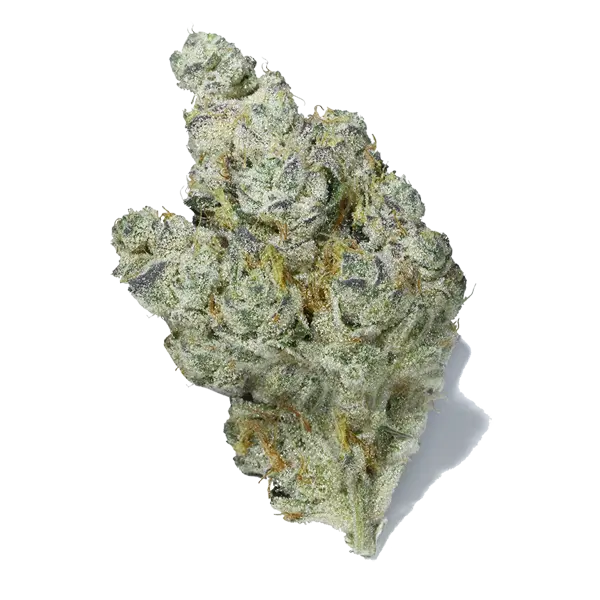
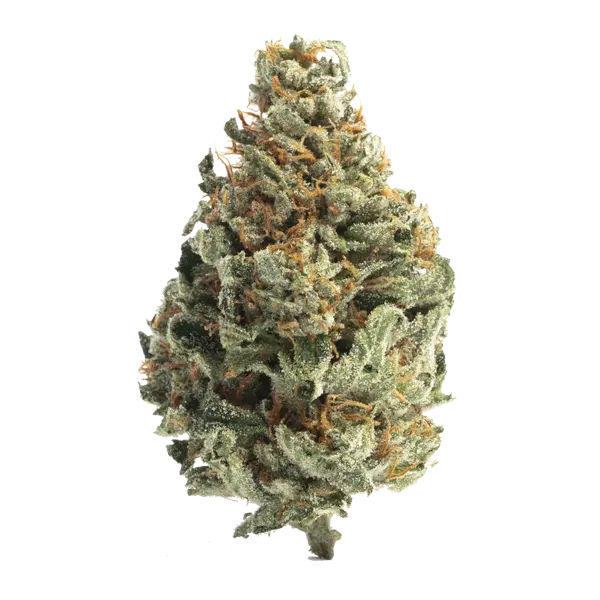
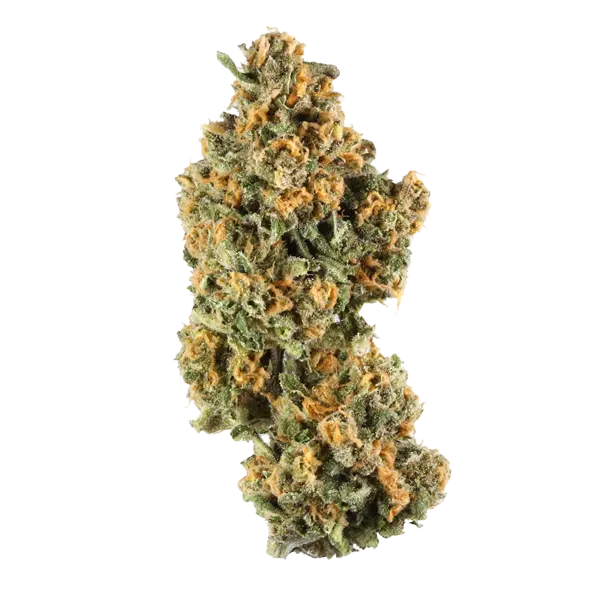

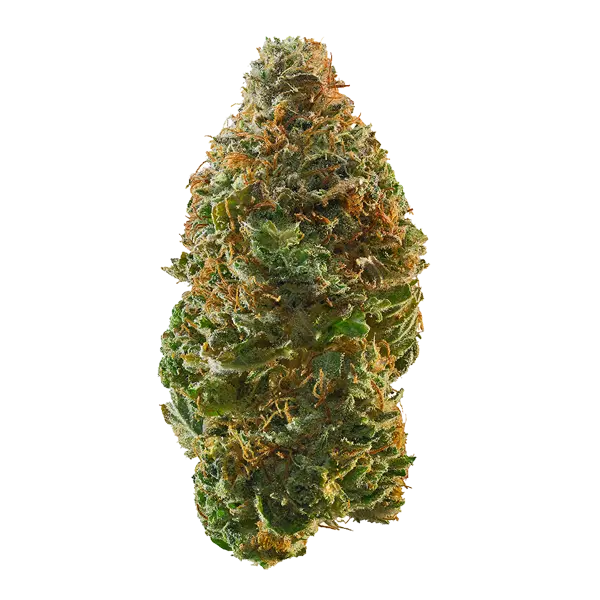

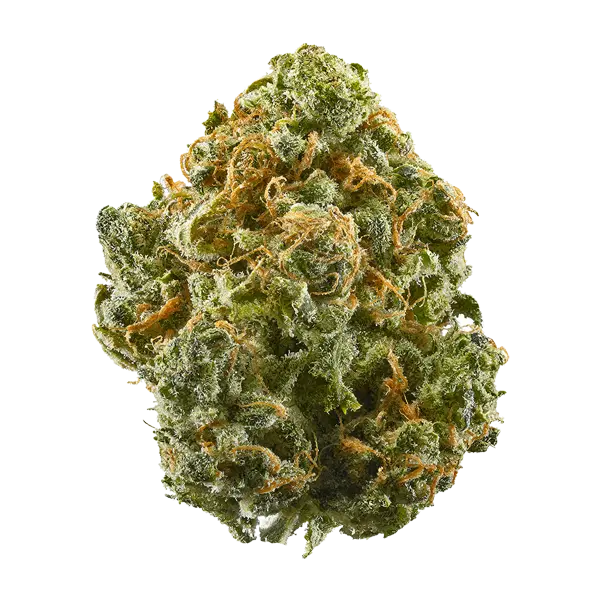







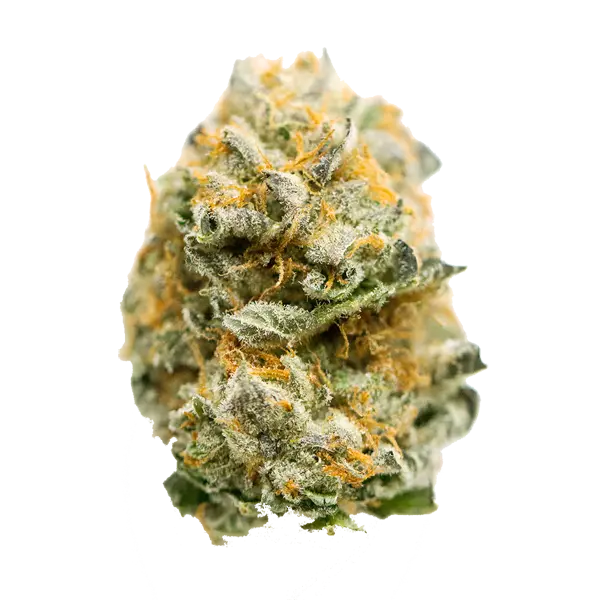
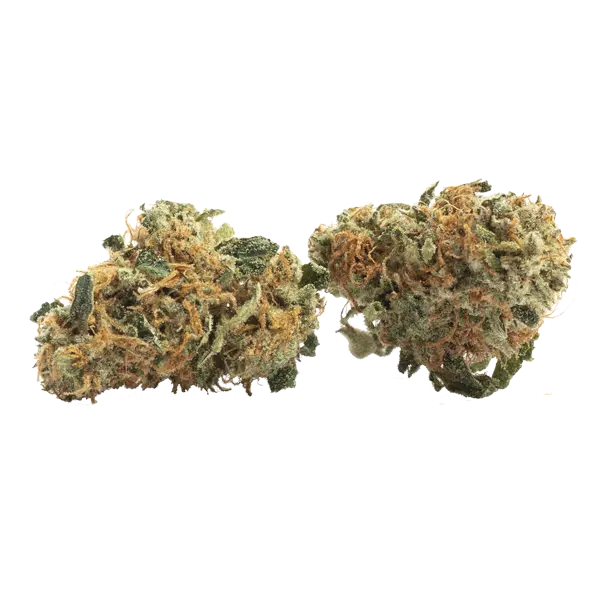
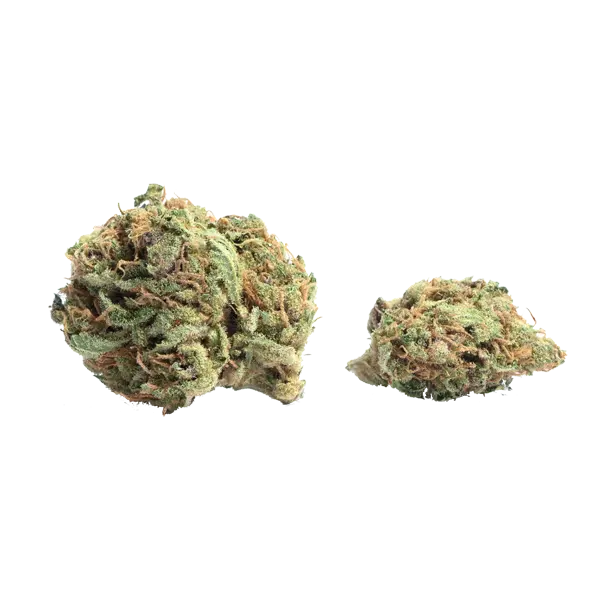







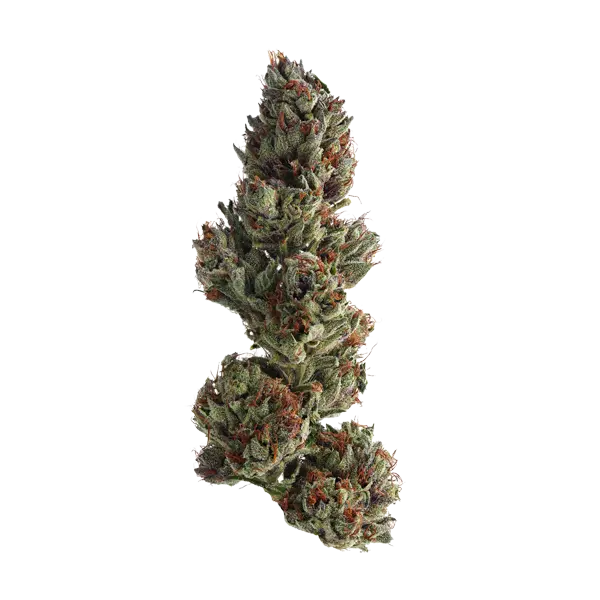


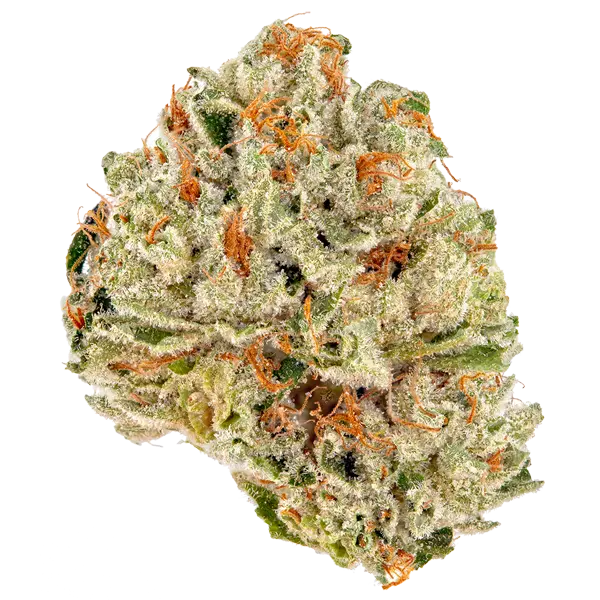
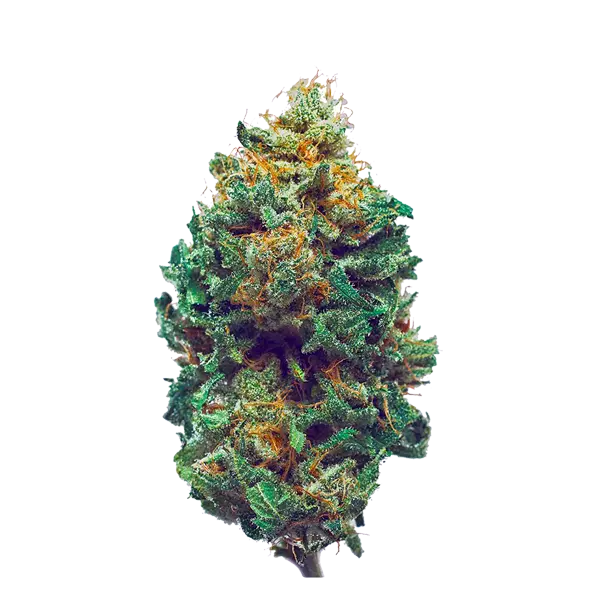
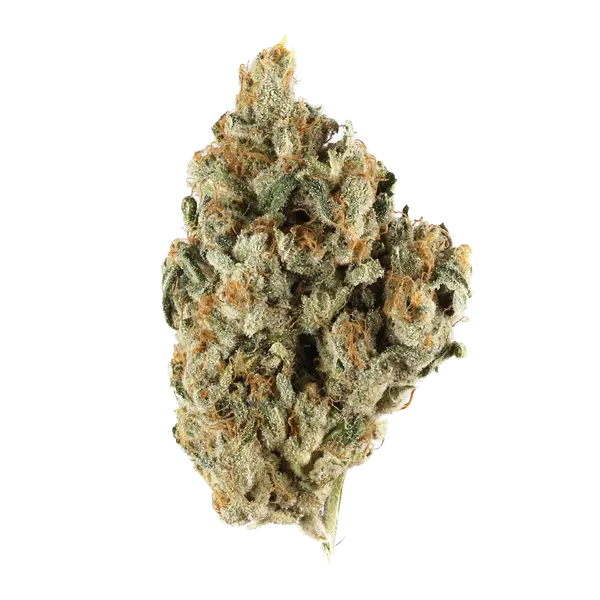

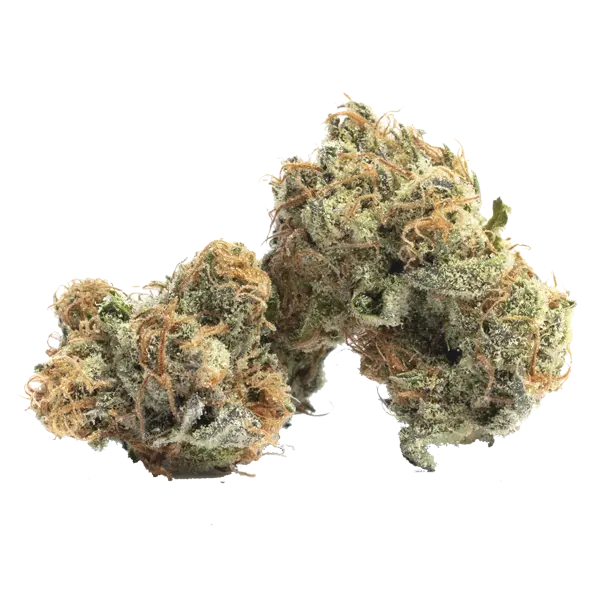
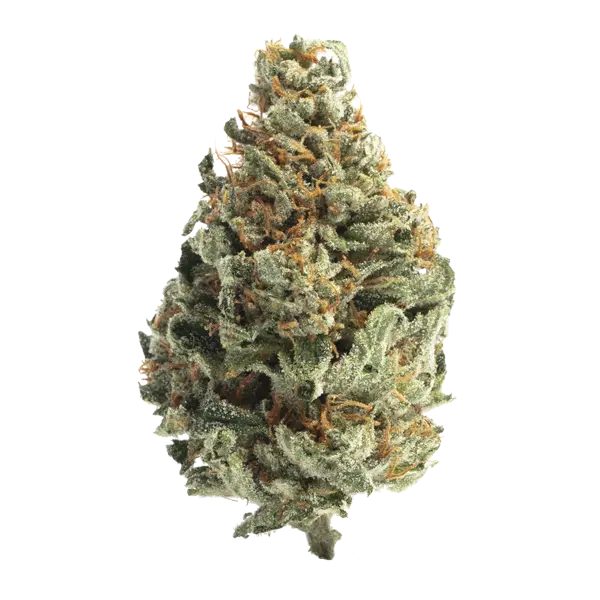
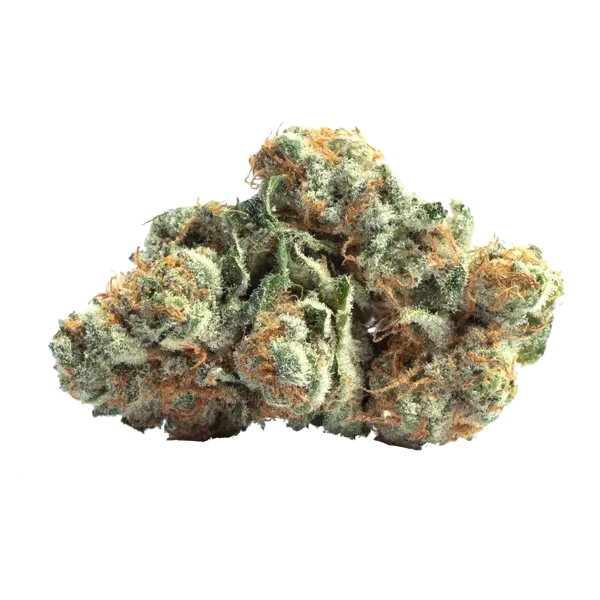
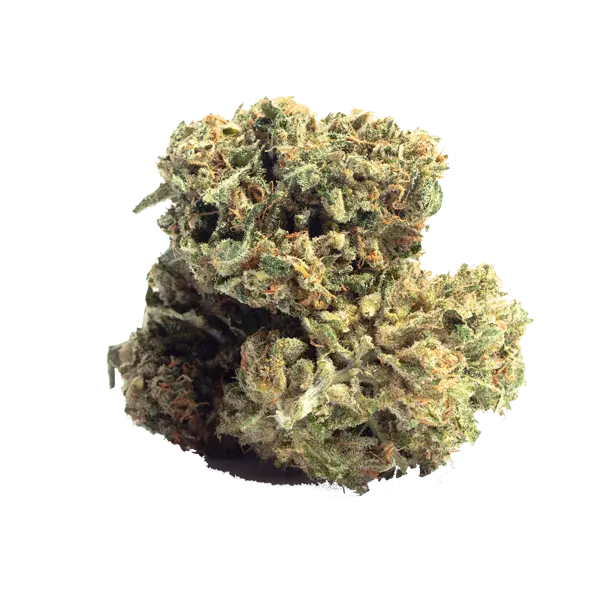
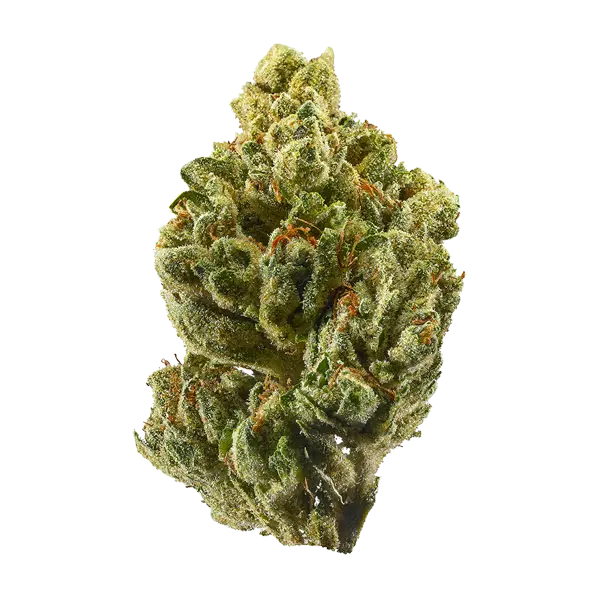
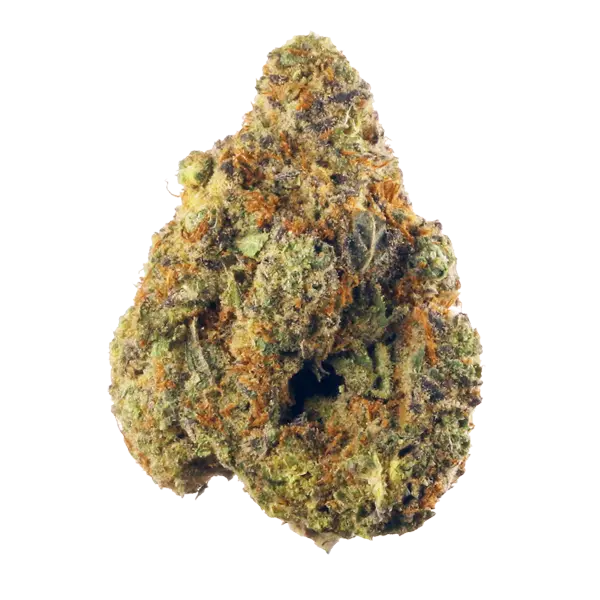
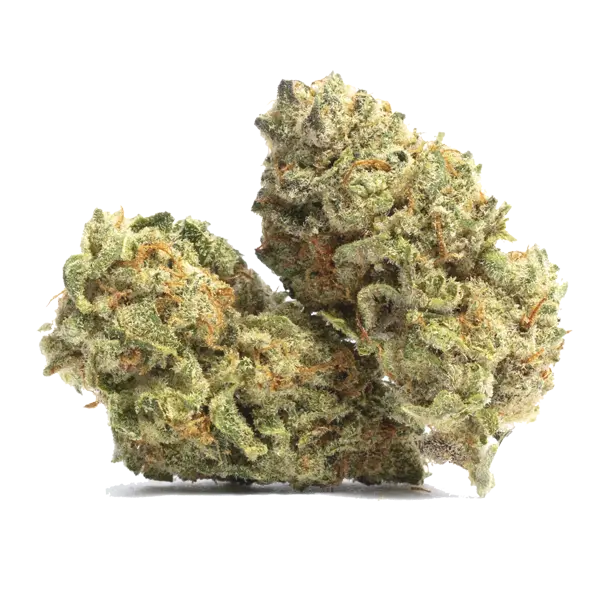
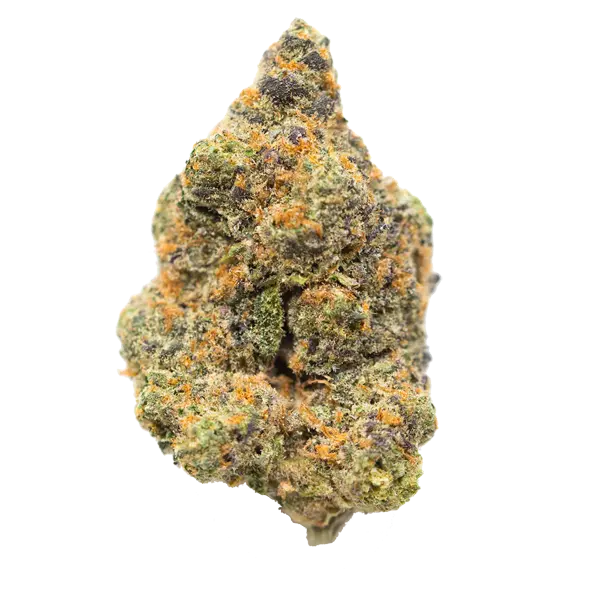

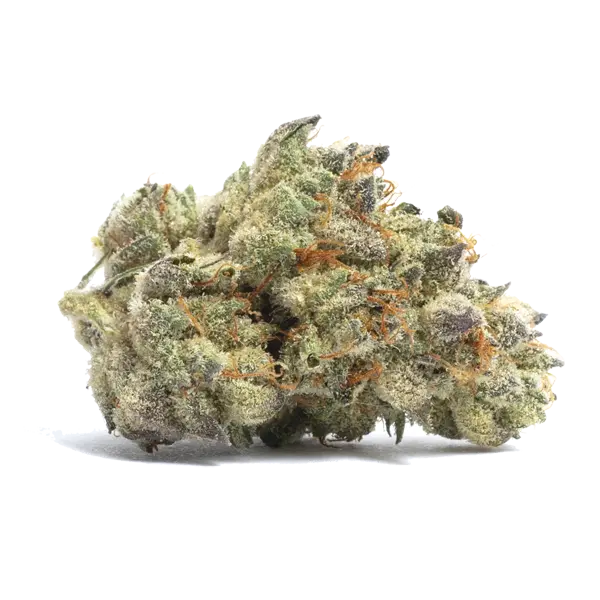
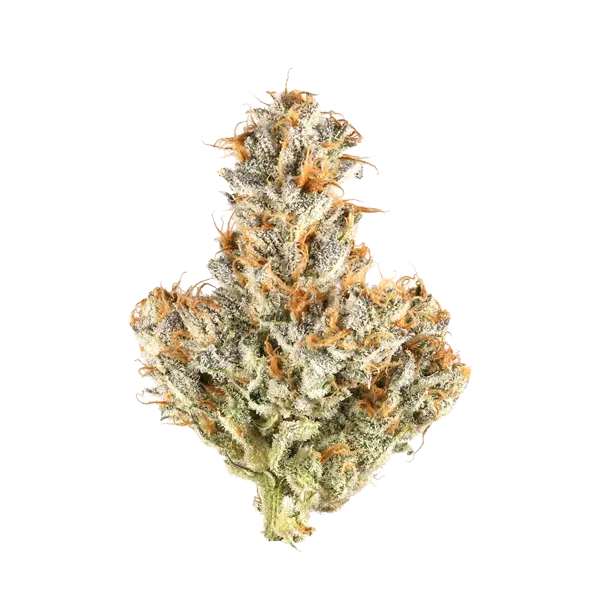



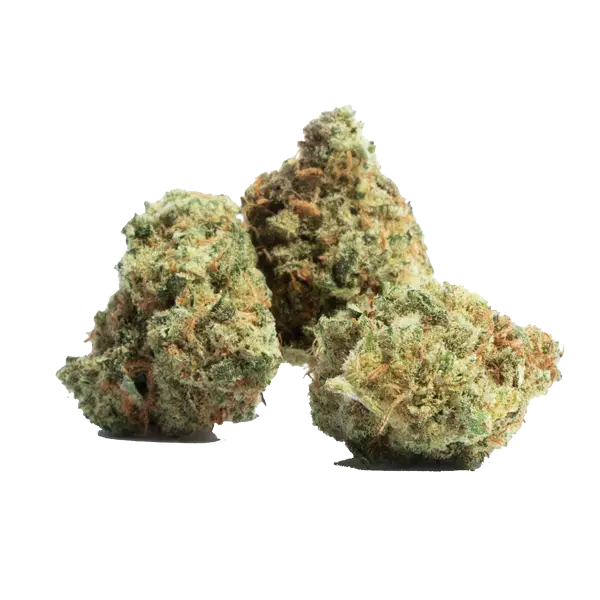
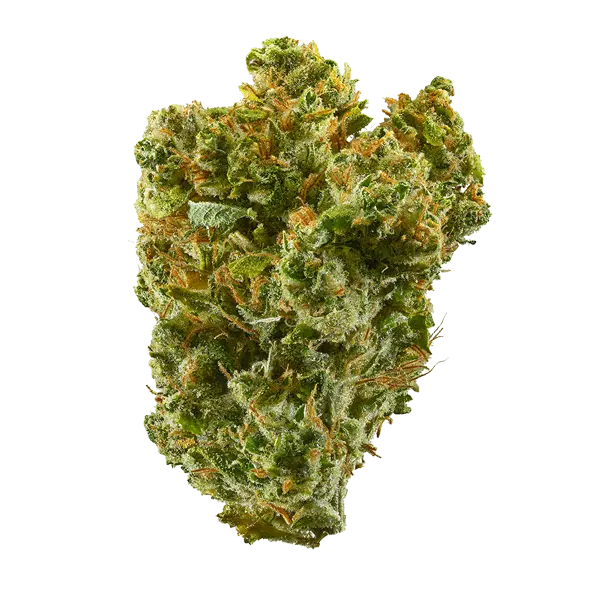















 Terpene or Cannabinoid: What Is Beta-Caryophyllene?
Terpene or Cannabinoid: What Is Beta-Caryophyllene? The Human Endocannabinoid System
The Human Endocannabinoid System








